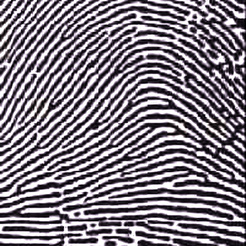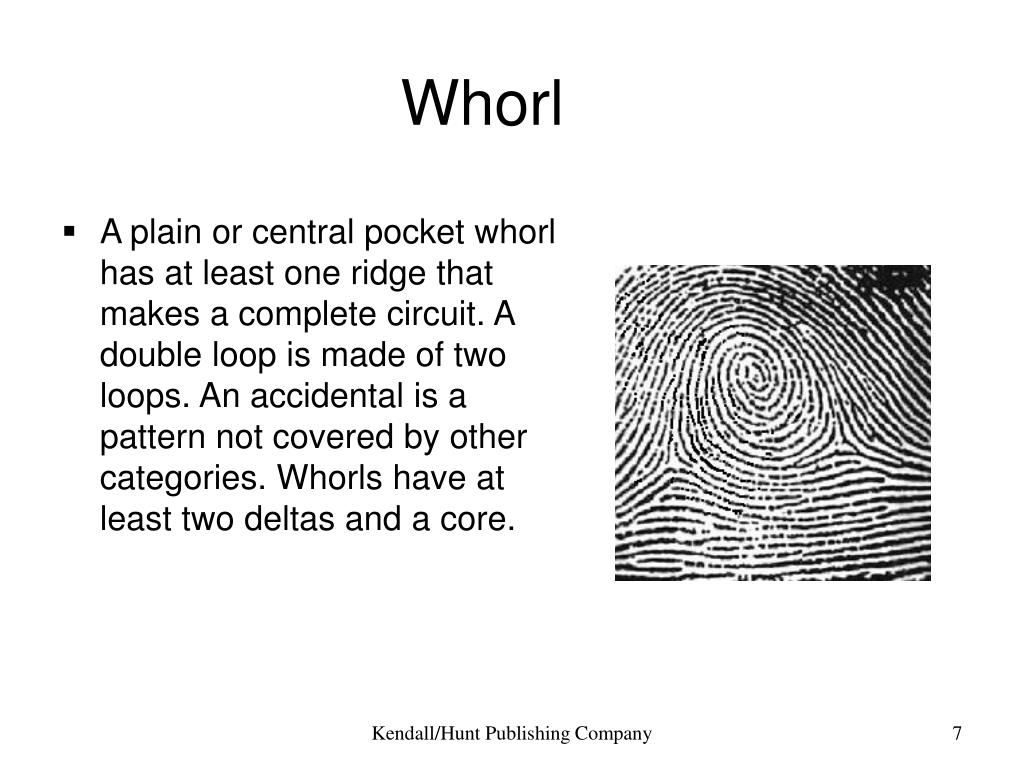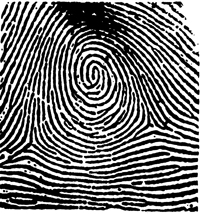

Almost every person is born with fingerprints, and everyone’s are unique. Can you be born without fingerprints?Ī genetic mutation causes people to be born without fingerprints, a new study says. Francis Galton in his analysis of 1892, calculated the percentage frequency of arches as 6.50%. However, the studies have been offering inconsistent findings, Dr. It is believed that arches make up about 5.00% of all fingerprint pattern types in the world human population. The first loop uses the goals or decision-making rules, the second loop enables their modification, hence “double-loop”. What is double looping?ĭouble-loop learning entails the modification of goals or decision-making rules in the light of experience. Therefore any pattern that contains two or more deltas will be a whorl. Some of the ridges in a whorl make a turn through at least one circuit. These can be found in about 25 to 35% of the fingerprints that are encountered.

What Fingerprints Say About Your PersonalityĢ3.0 similar questions has been found What is a double loop whorl?Ī double loop whorl consists of two separate loop formations with two separate and distinct sets of shoulders and two deltas.

There are subcategories for each of these. Of all fingerprints are whorls, and arches only occur about 5% of the time. What percent of the population has whorl fingerprints? Unlike the arch pattern, whorls have a core and two deltas. This fingerprint pattern makes up about 25 to 35 percent of the total population. Some people have double loop fingerprints, where the ridges make a curvy S shape. The loop is the most common type of fingerprint. There are four groups of whorls: plain (concentric circles), central pocket loop (a loop with a whorl at the end), double loop ( two loops that create an S-like pattern) and accidental loop (irregular shaped). Whorls – form circular or spiral patterns, like tiny whirlpools. Whorl, double loop – A type of print pattern that consists of two separate loop formations with two separate and distinct sets of shoulders and two deltas. The most common pattern is the ulnar loop. Loops constitute about 65 percent of the total fingerprint patterns whorls make up about 30 percent, and arches and tented arches together account for the other 5 percent.


 0 kommentar(er)
0 kommentar(er)
